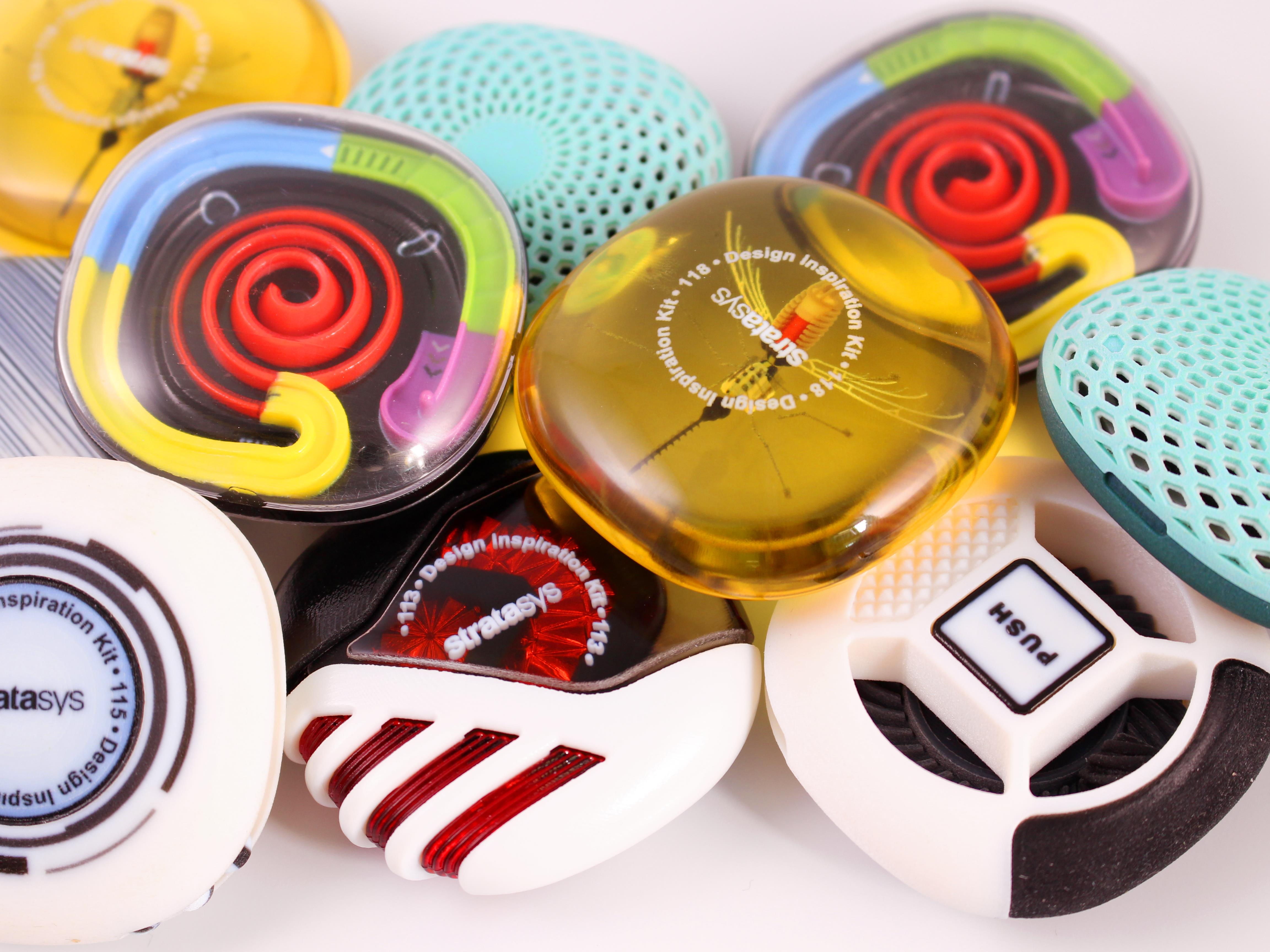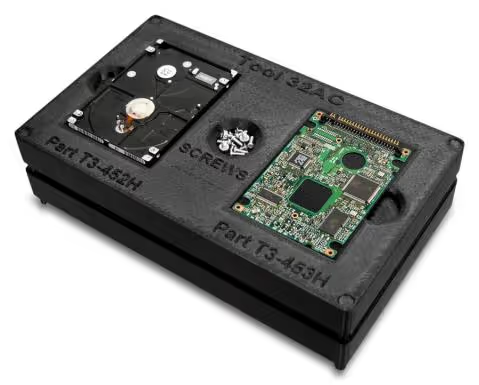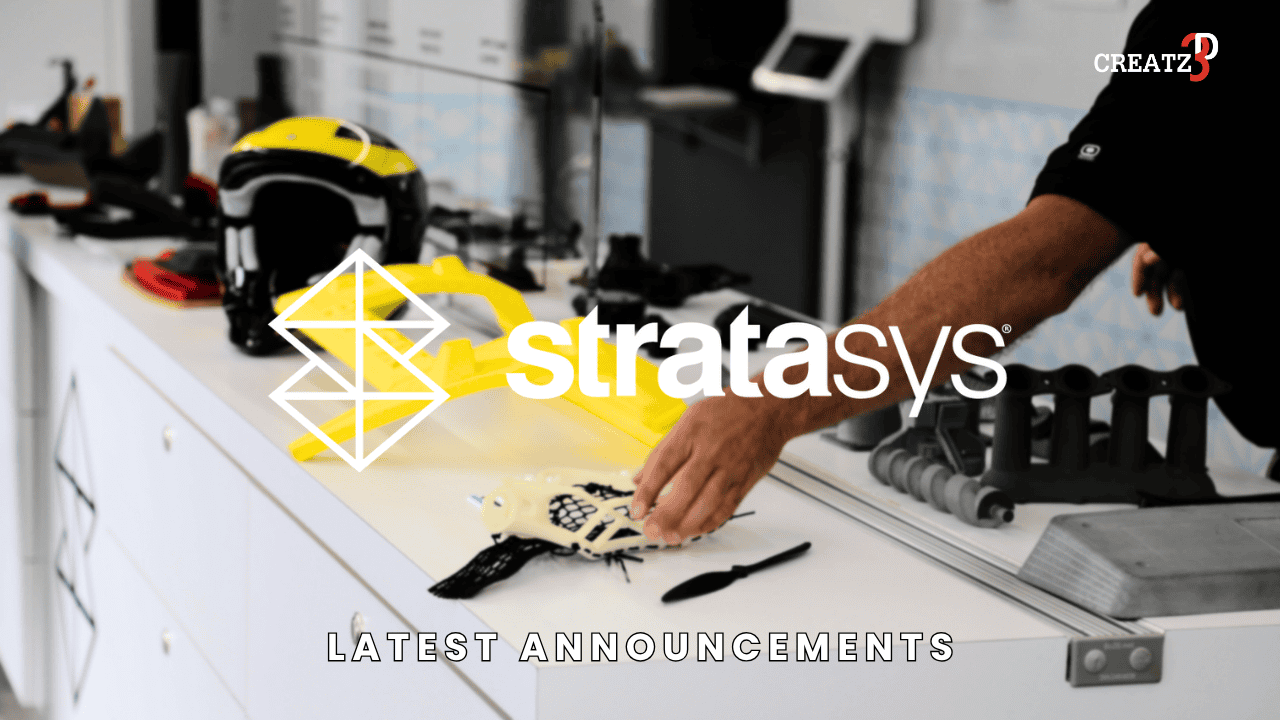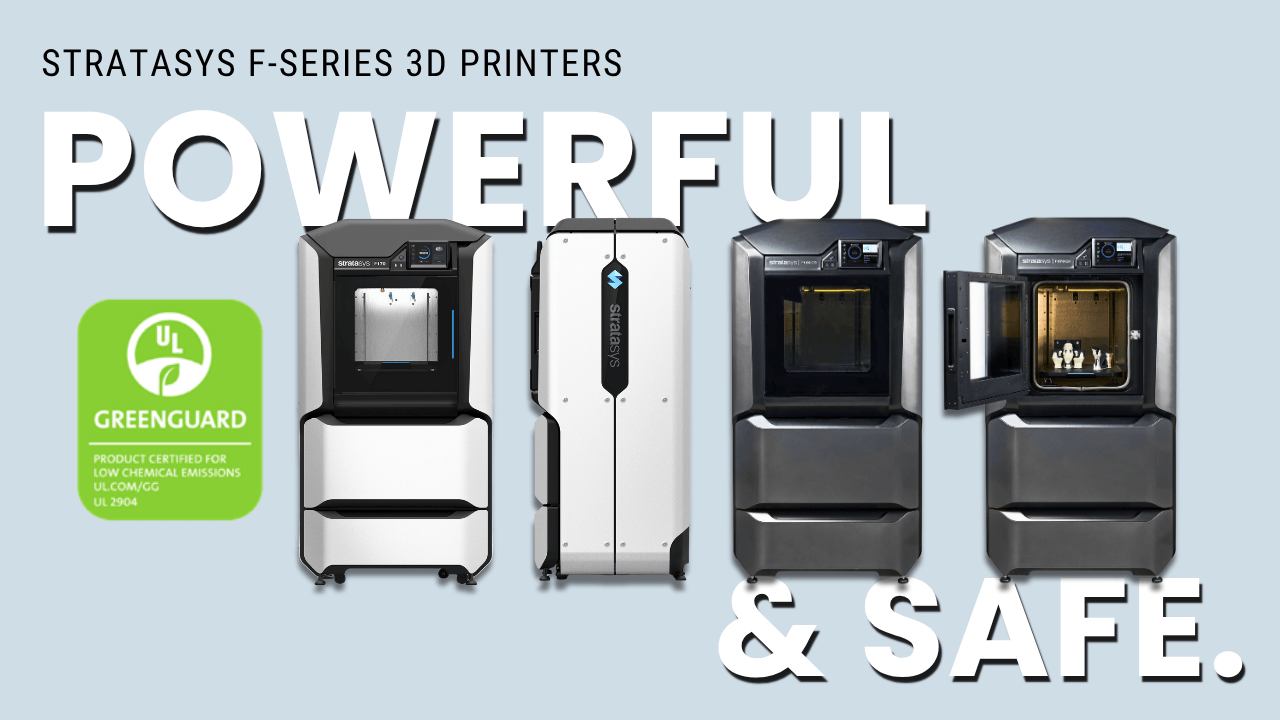Programmable PhotoPolymerization (P3/DLP) Technology
P3 (Programmable Photopolymerization) is Stratasys’ advanced DLP (Digital Light Processing) 3D printing technology that precisely controls light, temperature, pull forces, and pneumatics to produce highly accurate, smooth, and cost-effective end-use parts for low-volume, high-mix production scenarios.
How It Works
As a close relation to DLP, the P3 process uses a light-sensitive photopolymer that is cured one layer at a time by exposure to light from a high-powered projector beneath the build platform. Once the part is printed, it is removed from the platform and the process repeats for the next build. It offers higher irradiance than LCD with similar resins, enabling parts with better mechanical properties and requiring fewer supports even for overhangs, bridges, islands, and large cross-sections (bulky parts).
The Results
Production-Ready Scalability
The tightly synchronised print process includes pneumatic controls to reduce pull forces during the print process, hence results in high surface quality without compromising on speed or isotropy.
Superior Mechanical Performance
In addition to being stronger and more durable than standard resin-printed parts, you can achieve exceptional toughness, flexibility, and heat resistance.
Ultra-Efficient
Achieve faster print times at speeds below 20 mm/hour, deliver print details around 50μm depending on design and materials, and maintain accuracy even when printing complex geometries.
Common Applications
How Can We Support You?
Need A Product Recommendation?
Speak to our specialists who can provide recommendations suited to your technology needs.


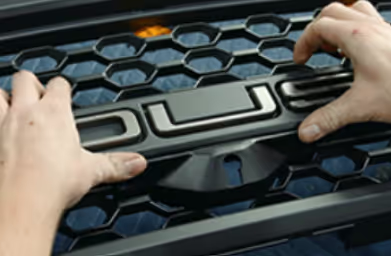
%20Printed%20Model_2%20J5%20Digital%20Anatomy%20Printer.avif)
